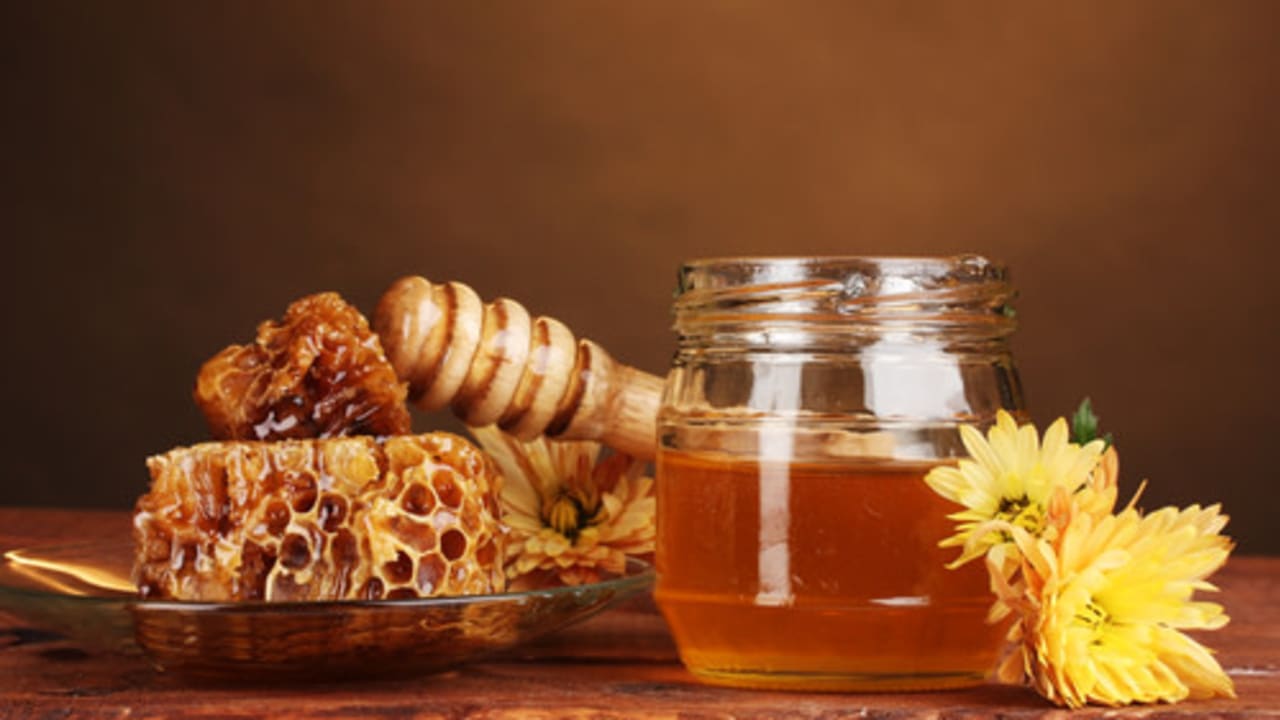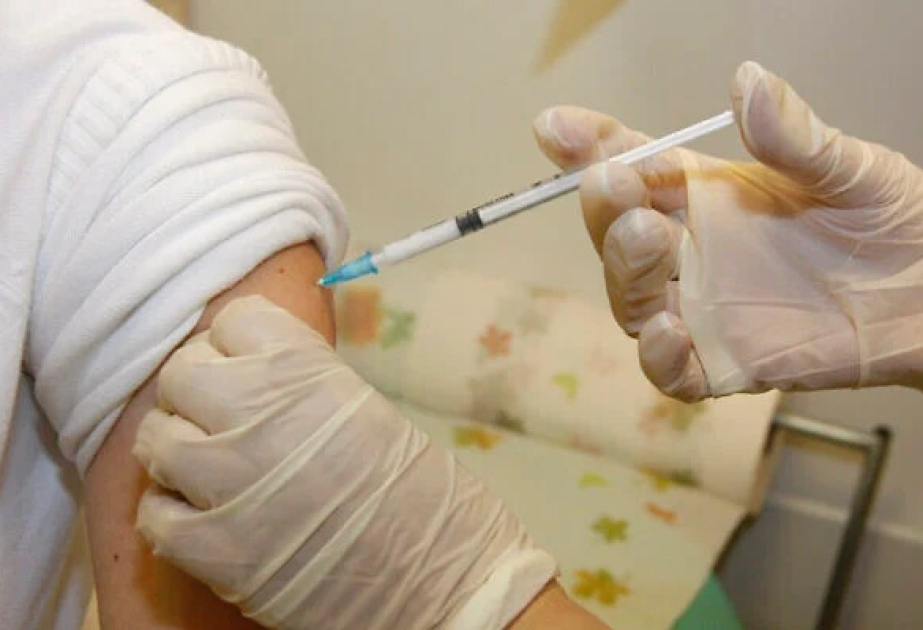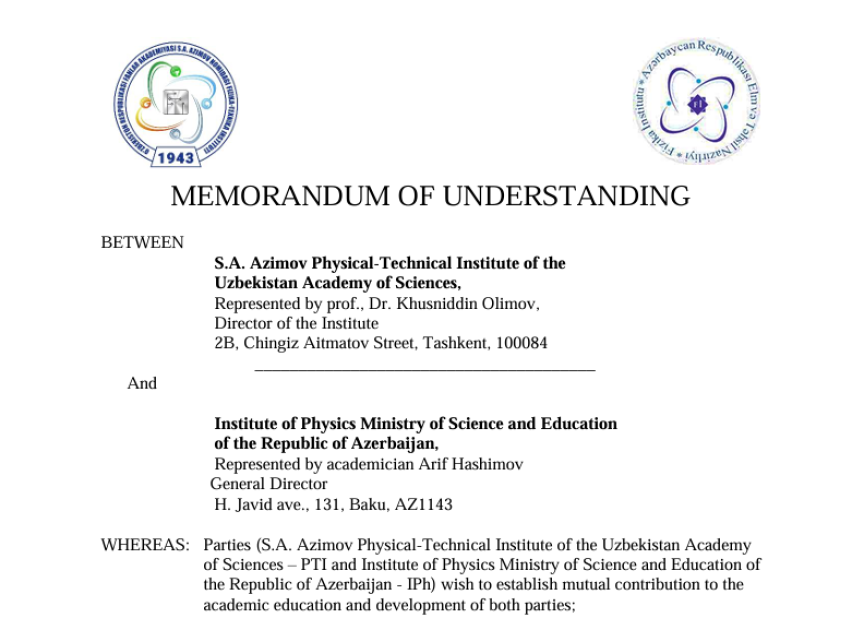Jerusalem Post
ByDR. MAYA ROSMAN
They are supposedly natural sweeteners, but what is hidden inside them? Are they simple sugars or important nutritional components? And also – which one is the worst?
Ahead of Rosh Hashanah, when we all dip an apple in honey as a symbol of a sweet year, the question arises – is honey really healthier than sugar?
We all know that “white” sugar is not considered healthy, and therefore many look for “natural” alternatives: Honey from the hive, silan from dates, or maple syrup from Canadian trees. Sounds more natural and healthier, but is that really the case? Is one of the options better than the other – or is it all the same in the end?
Honey – sweet from nature
Honey is created when bees collect nectar from flowers, secrete enzymes, and concentrate it in the hive until a sweet, viscous mixture is obtained. Beyond its taste and symbolism, quite a few people attribute exceptional health benefits to honey.
Indeed, it contains vitamins and minerals, but in minute amounts: Concentrations of milligrams only per tablespoon of honey. These may be suitable for a bee weighing half a gram, but for the human body, these are nutritionally meaningless amounts. Therefore, the promises regarding “wonderful trace elements” or rare compounds do not make honey a superfood.
Honey (credit: SHUTTERSTOCK)
There are different types of honey – wildflower, citrus, eucalyptus, acacia, and more. The differences between them are mainly in taste, color, and aroma, and sometimes also in antioxidant composition. But the general nutritional effect on the body remains the same: Simple sugar, mostly glucose and fructose.
Advertisement
Another important issue is adulteration. In recent years, there have been reports of “honey” mixed with industrial sugar syrups – corn, sucrose, or glucose – to reduce costs.
Fake honey is essentially diluted honey – mixed with industrial sugar syrups (such as high-fructose corn syrup or glucose), and sometimes also with water, so the final product is cheaper but very far from real honey.
The average consumer has difficulty distinguishing, but there are a few clues: A particularly low price, a taste that is too uniform, and the absence of crystallization (real honey tends to crystallize over time). In Israel, there is some regulation, but to be sure it is recommended to buy honey from known and reliable sources, especially before Rosh Hashanah when demand rises.
With all the advantages, it is important to remember a critical point: Honey must not be given to babies under the age of one. The reason is that natural honey may contain spores of the bacterium Clostridium botulinum, which the immature digestive system of infants cannot handle, and they can be very dangerous.
In contrast, for older children and adults there is no such danger – and there is even an interesting advantage: Studies have shown that honey consumption may improve calcium absorption in bones.
Therefore, for example, a cup of warm milk with a teaspoon of honey can be not only comforting but also beneficial for bone health.
Silan – only from dates
Silan, also known as “date honey,” is produced by cooking dates in water and filtering the sweet liquid until a thick, viscous texture is obtained. Usually, Medjool dates or other highly sweet varieties are used. From an industrial perspective – it is concentrated date juice, without the fibers and peel.
Dates (credit: SHUTTERSTOCK)
Nutritional values
Silan does indeed contain certain minerals – mainly potassium, magnesium, and iron – but in very small amounts compared to the daily requirement. For example, in a tablespoon of silan (about 20 grams) there are about 200–250 mg of potassium, while the daily recommendation for potassium is around 3,500 mg. That is, less than 7% of the daily intake.
Iron, which is often highlighted in advertisements, exists in a quantity of only about 0.2 mg per tablespoon, compared to a daily requirement of 8–18 mg – that is, less than 3% of the intake.
As you can see, these are marginal numbers that do not justify seeing silan as a significant source of minerals. Not to mention that a whole tablespoon of silan is also a lot of sugar and calories, and is usually considered too large a serving.
It is important to know that there is a difference between 100% natural silan made only from dates, and “commercial” silan to which sugar or glucose is added. In terms of calories, there is almost no difference – both versions provide about 60 calories per tablespoon – but silan with added sugar is less natural and includes an even higher concentration of simple sugars.
The prominent disadvantage of silan compared to whole dates is the loss of dietary fibers: Dates contain about 7–8 grams of fiber per 100 grams of fruit, which moderate the rise of sugar in the blood and contribute to satiety and digestion. In silan, after cooking and filtering, there are almost no fibers. The result is a sharper and faster rise in blood sugar levels, without the feeling of satiety that dates provide.
Therefore, even if it is a natural sweetener originating from fruit, in the end silan is concentrated sugar – sweet and convenient to use, but far from being considered a health food.
Maple syrup – sweet from the trees
Maple syrup is produced from the sap (the liquid inside the trunk) of maple trees in North America, mainly in Canada. In spring, a hole is drilled in the tree trunk, the clear and thin sap is collected (mostly water with a little sugar), and then it is boiled and evaporated for long hours until it is reduced to a thick, amber-colored liquid.
According to estimates, about 40 liters of sap are needed to produce one liter of real maple syrup.
Maple syrup (credit: SHUTTERSTOCK)
Maple indeed contains minerals – mainly manganese and zinc – but the amounts are not impressive compared to daily needs. Here too is a clear example: In a tablespoon of maple syrup (about 20 grams) there are about 0.6 mg of manganese – which is about 25–30% of the daily requirement – and about 0.2 mg of zinc (about 2% of the daily requirement). That means there is some contribution of manganese, but it comes together with about 52 calories of simple sugar.
Similar to honey and silan, maple is also composed mostly of simple sugars – mainly sucrose, along with glucose and fructose. Therefore, the effect on blood sugar levels and body weight is very similar to the other sweeteners.
It is very important to pay attention: Most of the syrups available on the market are “maple-flavored syrups” based on high-fructose corn syrup or white sugar with flavoring and coloring agents. They are much cheaper, but far from being real maple. The way to tell the difference: Look for the label 100% Pure Maple Syrup – otherwise it is an artificial, sweet, industrial imitation.
So which is the healthiest?
All three of these sweeteners contain high levels of fructose. Unlike glucose, which is absorbed by all body cells, fructose is mainly broken down in the liver. When the liver is overloaded with excess fructose, the extra sugar turns into fat. This process is linked to an increase in abdominal fat, fatty liver, and a higher risk of metabolic syndrome.
In a study published in the Journal of Hepatology, it was found that high consumption of drinks and foods rich in fructose was directly linked to an increase in fatty liver and changes in abdominal fat.The researchers’ conclusion was that fructose, even from “natural” sources, can increase the risk of health problems when consumed in high amounts.
Honey, silan, or maple – despite the small differences between them, in the end, they are all sugar. One could say that maple is the least good of the three, but still, the fact that they are “natural” does not make them health foods, and even if they contain tiny amounts of minerals, this does not justify excessive consumption.
The key is moderation: A teaspoon here and there can fit into a balanced diet, but they are not truly healthy substitutes for sugar.
For Dr. Maya Rosman’s course: How to improve health and how to lose weight in a sane and reasonable way click here.








.png)









